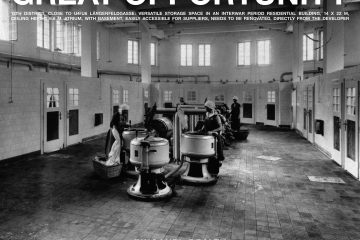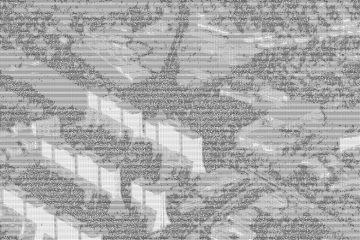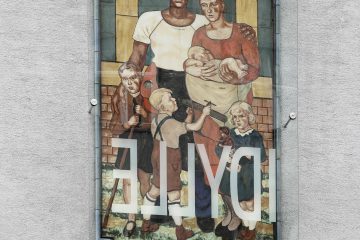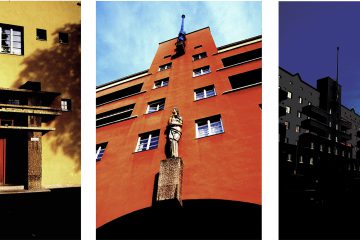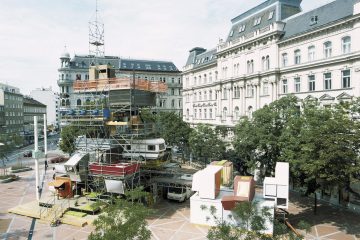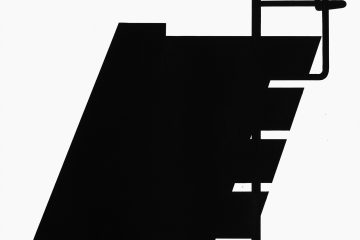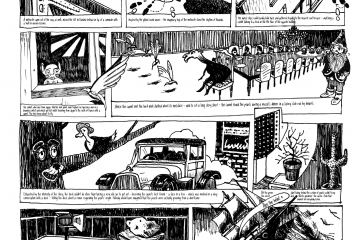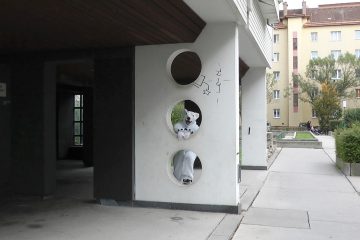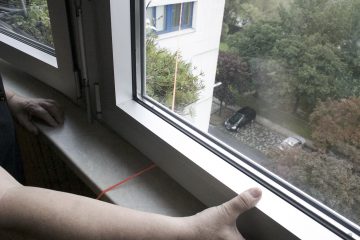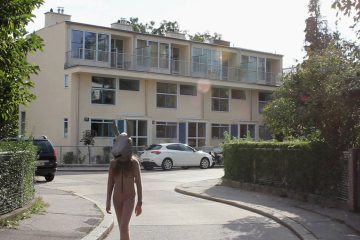As a form of cultural expression, art has played a special role in public housing projects since the beginning of the Social Democratic era during Austria’s First Republic. During the postwar years, there was a widespread program to decorate municipal housing estates with mosaic murals, sculptures, and artist-designed functional objects such as playgrounds, fountains, and pavilions, which also provided financial support for artists at a time when there was not yet a market for art. In the early 1990s, this close relationship between architecture and art broke down, moving away from the art-in-architecture model toward one of art in public spaces. Working from the principle that urban space can only be understood in its social context, KÖR GmbH was founded in 2004 as an institution to support contemporary art in urban spaces and implement projects in keeping with that understanding of art. As “art in the public interest,” such practices have become part of the effort to come to terms with the social and urban themes that shape everyday life in the city, its social and political contexts, and divergent interests. Independently of these programs, the art context has increasingly been the initiator of global
debates about housing, living in cities, and the public sphere as a fragmented and democratic space that must constantly be recreated. The works of art selected here, all of which relate to the Viennese context, are representative of several of the aspects and sources of friction at work in current debates on the issue of housing.
Text: Sabine Bitter & Helmut Weber
